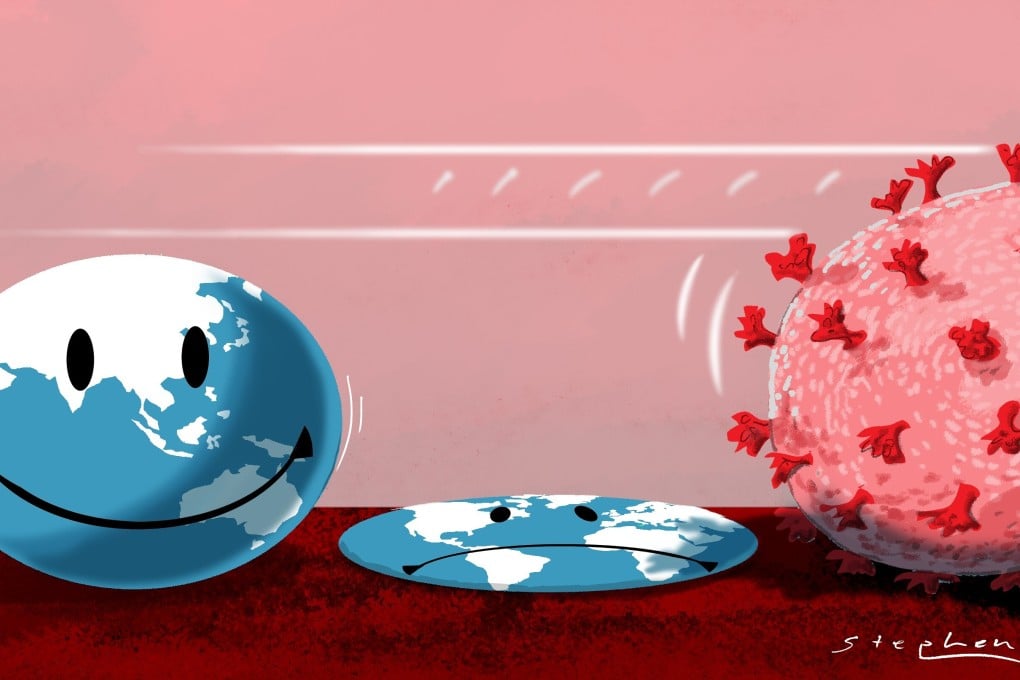Advertisement
Opinion | Why Asia is poised to leapfrog the West on its way to a fast pandemic recovery
- Asia’s culture, united pandemic response and tech boom have left it better prepared for economic recovery. But geopolitical tensions and challenges in poverty, health care and climate change remain
Reading Time:4 minutes
Why you can trust SCMP
18

As the world prepares for the distribution of Covid-19 vaccines, Asia is on target for a fast economic recovery. The Organisation for Economic Cooperation and Development projects that China, Asia’s largest economy, will return to 8 per cent growth in 2021, compared to 3.2 per cent for the United States. The Asian Development Bank expects the Asian economy to rebound by 6.8 per cent next year.
While East Asia has been the driver of advanced technology during this pandemic, South Asia has been able to draw on its lessons in epidemic and disaster management. Asia has become the new frontier not just for global trade and capital, but also knowledge creation, culture and digitalisation.
As key technology, capital and market providers, Asia’s economies and populations have proved resilient and diligent, ready to play a leading role in shaping the next phase of globalisation.
Advertisement
Many Asian nations, particularly in East Asia, practice a culture of discipline and adherence to instructions, which has empowered governments to tackle the pandemic effectively. The region’s experience with epidemics has also helped authorities craft their strategies.
Asians’ response has largely been in contrast to the West’s anti-mask and anti-lockdown rallies. Vietnam has been exemplary with its aggressive containment and cost-effective control measures, showing Asian countries’ ability to act swiftly.

07:07
The places that successfully contained Covid-19 and why others are not following their lead
The places that successfully contained Covid-19 and why others are not following their lead
Asia also regularly deals with infectious diseases, including 70 per cent of the world’s dengue cases. Though many countries in the region lack the infrastructure to support a surveillance and emergency response system, they are continually working towards it.
Advertisement
Select Voice
Choose your listening speed
Get through articles 2x faster
1.25x
250 WPM
Slow
Average
Fast
1.25x
